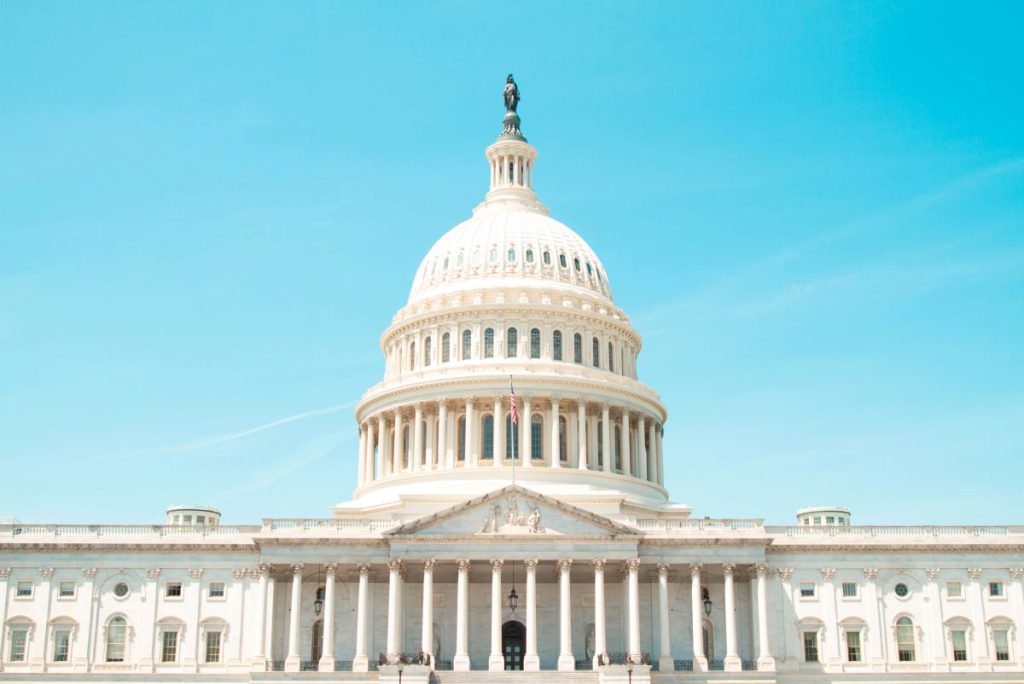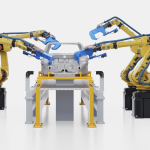President-elect Donald Trump’s proposed economic policies, including sweeping tariffs and trade adjustments, present a mixed bag for U.S. manufacturers. A universal 10% tariff on imports, alongside targeted tariffs of 25% on Mexican and Canadian goods and up to 60% on Chinese imports, aims to bolster domestic production and address trade imbalances. Additionally, the proposed Reciprocal Tariff Act would empower the president to impose tariffs mirroring those levied on U.S. goods by other nations.
While these measures could incentivize domestic manufacturing, they also risk inflating costs for manufacturers reliant on imported materials, such as electronic components and aluminum. To mitigate these impacts, manufacturers may need to reorganize supply chains, potentially relocating operations to the U.S. or diversifying sourcing strategies to align with protectionist incentives.
Strategic Adjustments to Trade Policy Shifts
Trump’s intent to renegotiate trade agreements to prioritize American interests could reshape international supply chains, requiring manufacturers to adapt swiftly. Expanding domestic production, embracing advanced technologies, and modernizing operations can help manufacturers remain competitive. By leveraging tools like predictive analytics and IoT, businesses can enhance demand forecasting and streamline operations, reducing dependency on intermediaries and improving profit margins.
Diversifying supply chains and prioritizing local sourcing where feasible can further align operations with the administration’s policies. Additionally, adopting asset monetization and servitization (AM&S) strategies—offering value-added services alongside products—can drive customer loyalty and generate recurring revenue, positioning manufacturers for long-term success.
Capitalizing on Infrastructure Investments
Trump’s proposed $1 trillion infrastructure investment plan, emphasizing public-private partnerships, could spur demand for manufactured goods and materials. Manufacturers can seize growth opportunities by aligning operations with infrastructure projects, such as locating facilities near upgraded transportation hubs to reduce logistical costs.
Investing in workforce development and automation technologies, often referred to as “smart manufacturing” or “Industry 4.0,” can offset higher domestic labor costs and enhance supply chain resilience. These advancements enable predictive maintenance and operational efficiency, ensuring manufacturers remain agile in a competitive market.
Trump’s protectionist policies, while challenging, offer a unique opportunity for U.S. manufacturers to innovate and strengthen their supply chains. By embracing automation, diversifying sourcing, and adopting customer-centric strategies like AM&S, manufacturers can navigate policy shifts effectively. The key lies in balancing cost efficiency with resilience, ensuring long-term competitiveness in an evolving economic landscape.







